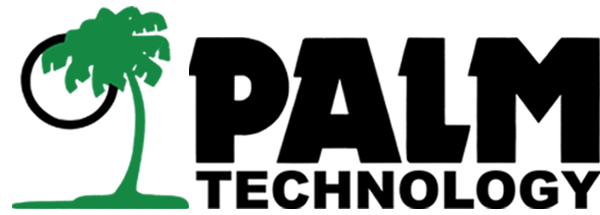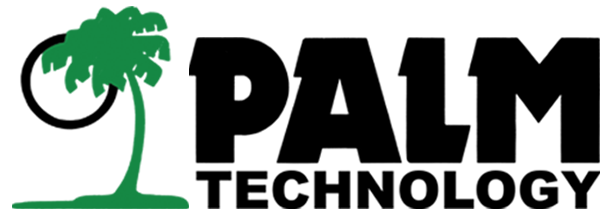Chemfilm
Overview of Chemfilm (Chromate Conversion Coating)
Chemfilm, also known as chromate conversion coating or Alodine®, is a chemical surface treatment primarily used on aluminum and aluminum alloys to enhance corrosion resistance and promote paint adhesion. It is a non-deposited coating that chemically reacts with the substrate to form a protective, corrosion-resistant oxide layer. Chemfilm is widely used in the aerospace, military, electronics, and industrial sectors due to its electrical conductivity and compatibility with MIL-DTL-5541 specifications.
Key Benefits of Chemfilm:
- Corrosion resistance without adding measurable thickness
- Maintains electrical conductivity—ideal for grounding applications
- Excellent base for paint, powder coating, or adhesives
- Touch-up capability for damaged anodized or coated areas
- Available in both clear and gold finishes
Chemfilm Process Overview
Chemfilm is a relatively simple and cost-effective process that relies on chemical immersion or brush-on application. It does not require electrical current or complex equipment, making it suitable for a wide range of production and repair environments.
1. Cleaning and Surface Preparation
The aluminum surface must be thoroughly cleaned and deoxidized to remove contaminants, oils, and oxides. This step is essential for consistent coating performance and adhesion.
2. Chromate Conversion Treatment
The part is immersed in or coated with a chromate solution that reacts with the aluminum to form a complex oxide-chromate layer. This coating is typically thin (0.00001” to 0.00004”) and may appear iridescent yellow/gold or clear, depending on the chemistry used.
3. Rinsing and Drying
After treatment, the part is thoroughly rinsed and dried. The coating will continue to cure slightly over time, reaching full corrosion resistance within 24 hours.
Chemistries and Specifications
Traditional Chemfilm uses hexavalent chromium, which offers superior corrosion resistance but raises environmental and health concerns. As a result, many facilities are transitioning to trivalent chromium-based alternatives that meet stringent regulatory standards such as RoHS, REACH, and ELV.
Common specifications include:
- MIL-DTL-5541 Type I: Hexavalent chromium-based chemfilm (gold or iridescent)
- MIL-DTL-5541 Type II: Trivalent chromium-based chemfilm (typically clear)
- AMS 2473, AMS 2474: Aerospace-focused standards for chromate conversion
Compatible Substrates
Chemfilm is specifically designed for use on:
- Aluminum and aluminum alloys: Most common application, including cast, wrought, and extruded forms
- Galvanized aluminum: With proper cleaning and preparation
- Magnesium (limited): Some chromate systems can be used with appropriate modification
Applications of Chemfilm
- Aerospace: Control panels, airframes, fuel system components, and connectors
- Military: Grounding points, enclosures, missile components, and hardware
- Electronics: EMI shielding surfaces and hous
The information provided above is for general informational purposes only. Palm Technology makes no representations or warranties of any kind, express or implied, about the completeness, accuracy, reliability, or suitability of the information for any purpose. Any reliance you place on such information is strictly at your own risk. Palm Technology disclaims all liability for any loss or damage arising from the use of or reliance on this information.

